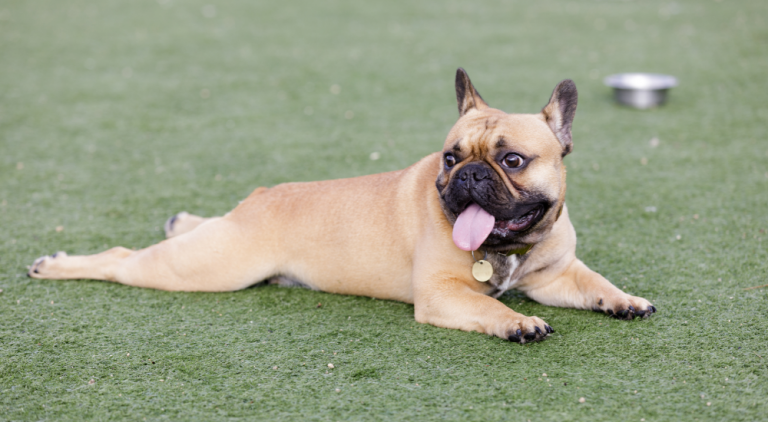Unlike humans, dogs eliminate heat by panting. Dogs have some sweat glands in the footpads, which help with heat dissipation, but only minimally. When panting isn’t enough, their body temperature rises. This can be fatal if not corrected quickly. Watch for excessive panting, and signs of discomfort indicate overheating. As a precaution, it’s important to be aware of the ambient temperature and take appropriate preventative measures.
Immediate Care in Case of Overheating: Remove the dog from the hot environment immediately. If it is unconscious, make sure no water enters the nose or mouth as you follow these guidelines. Also, do not give the dog aspirin to lower its temperature; this can lead to other problems.

Important Steps to follow:
The following steps should be taken, regardless of whether the dog is conscious, appears to recover well, or was only mildly affected:
Veterinary Care: Treatment will consist mostly of replacing lost fluids and minerals. This may extend to secondary conditions, which your veterinarian will be able to identify. Intravenous fluid therapy and monitoring for secondary complications such as kidney failure, development of neurologic symptoms, abnormal clotting, changes in blood pressure, and electrolytes abnormalities are typically recommended in cases of heatstroke.
Other Causes: Dogs with thick fur, short noses, or those suffering from medical conditions such as laryngeal paralysis and obesity are predisposed to heatstroke. In addition, dogs that enjoy constant exercise and playtime — such as working dogs (Labradors, Springer Spaniels, etc.) — should be closely monitored for signs of overheating, especially on hot days.
Prevention: Heatstroke can be prevented by taking caution not to expose a dog to hot and humid conditions. This is especially applicable for dogs with airway diseases and breeds with shortened faces (e.g., the Pug, Bulldog, Shi Tzu). Also, while traveling in cars, make sure that the dog is well ventilated by placing it in a wired kennel or in an open basket, and never leave your dog in a car with the windows closed, even if the car is parked in the shade. When outdoors, always make sure your dog is in a well-ventilated area with access to plenty of water and shady spots.